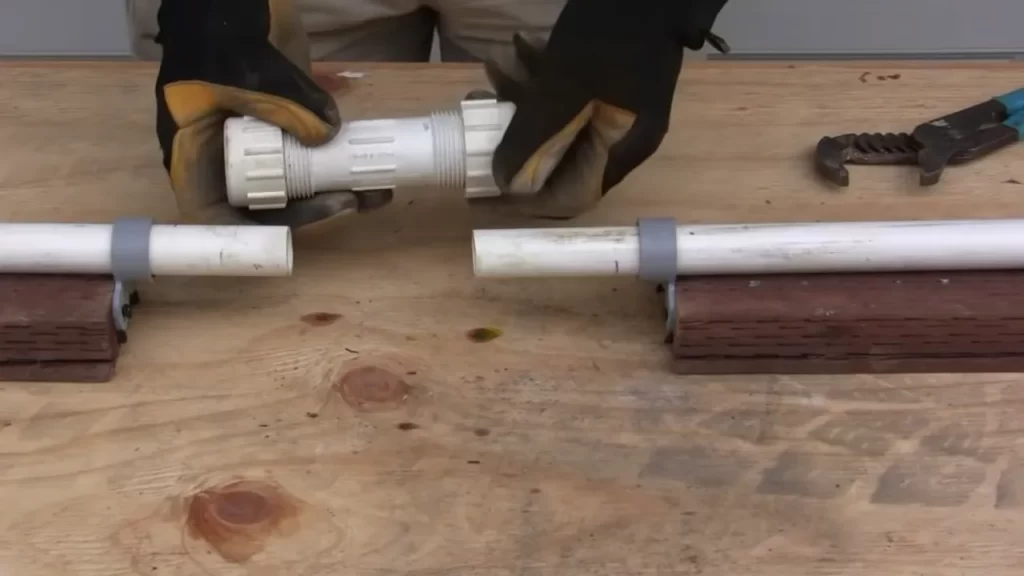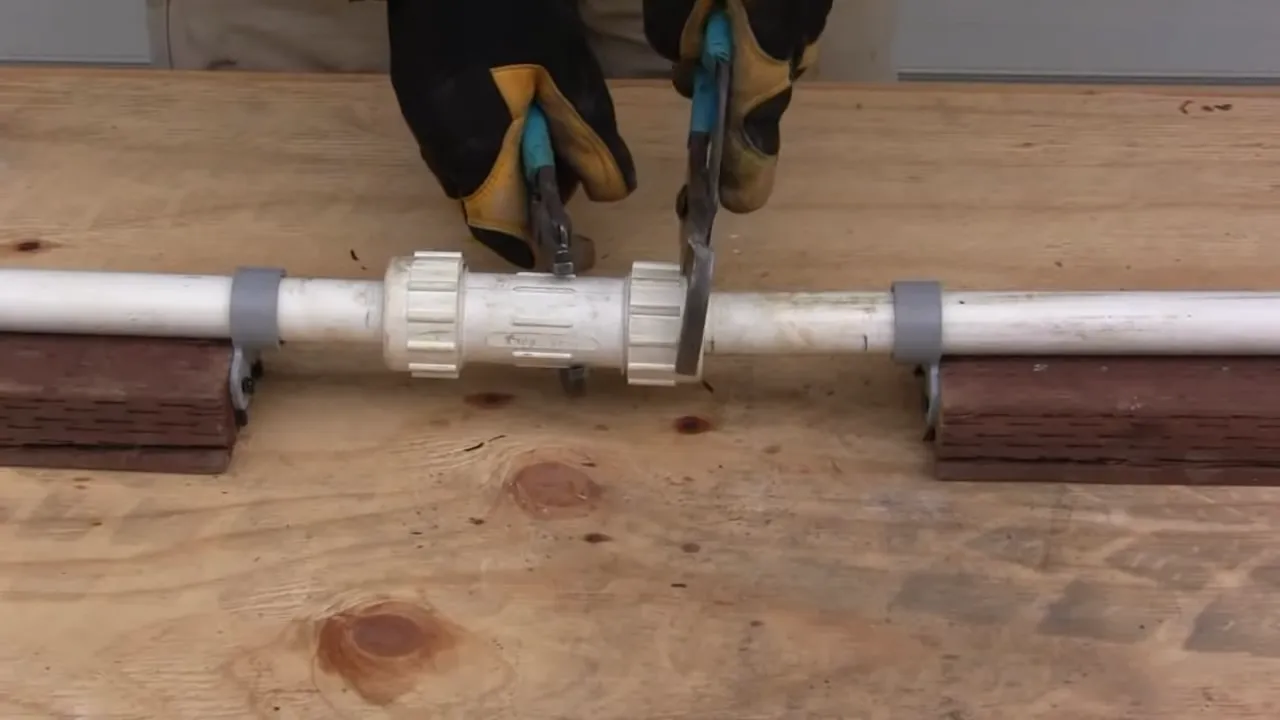To install a PVC compression coupling, start by cutting the pipe at the desired location and checking that the ends are clean and smooth. Then, slide the compression nut and rubber gasket onto one end of the pipe, followed by the compression sleeve.
Insert the other end of the pipe into the coupling, ensuring it goes all the way in. Finally, tighten the compression nut with a wrench until secure. If you’re looking to connect two PVC pipes without the need for glue or soldering, a PVC compression coupling can be a great solution.
This type of coupling is easy to install and provides a reliable joint. We will discuss the step-by-step process of installing a PVC compression coupling. By following these instructions, you can successfully connect two PVC pipes without any hassle. So, let’s get started!

Frequently Asked Questions
How Do You Connect Compression Coupling?
To connect compression couplings, follow these steps: 1. Measure and cut the pipe to the desired length. 2. Slide the compression nut onto the pipe, followed by the compression ring. 3. Insert the pipe into one end of the coupling and push it in firmly.
4. Slide the compression nut and ring over the other end of the coupling, ensuring they are tightened securely. 5. Check for any leaks by turning on the water supply.
Do Pvc Compression Couplings Work?
Yes, PVC compression couplings work effectively for joining PVC pipes without the need for glue or solvents. They provide a secure and tight seal, making them a reliable choice for plumbing and irrigation systems.
How Do I Stop My Pvc Compression Fitting From Leaking?
To prevent PVC compression fittings from leaking, you can follow these steps: 1. Ensure the pipe and fittings are clean and free from debris. 2. Apply Teflon tape or pipe sealant to the threaded areas before tightening the fittings. 3.
Use two wrenches to tighten the fittings, one holding the fitting and the other turning the compression nut. 4. Avoid over-tightening, as it can damage the fittings. 5. Test for leaks after installation and make any necessary adjustments.
Can You Put A Compression Fitting On Pvc Pipe?
Yes, you can use a compression fitting on PVC pipes. Compression fittings create a secure and leak-proof connection by using a compression nut and ring to tightly seal the joint. They are commonly used for joining PVC pipes in plumbing and irrigation systems.
Conclusion
To conclude, installing a PVC compression coupling is a straightforward process that can be accomplished with a few simple steps. By following the guidelines outlined in this blog post, you can ensure a secure and leak-free connection for your PVC pipes.
Remember to select the appropriate size coupling and properly tighten the compression nuts to achieve the desired results. With a little patience and attention to detail, you’ll be able to complete this task with ease. Happy installing!
